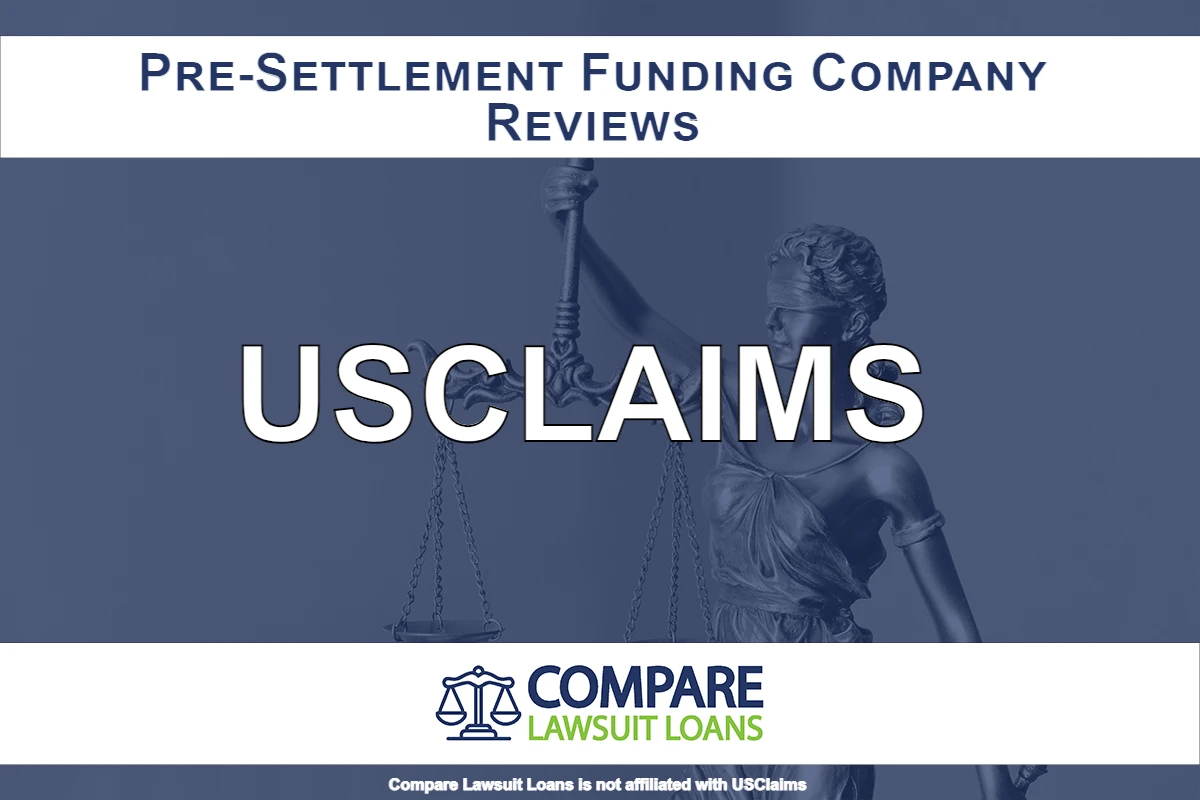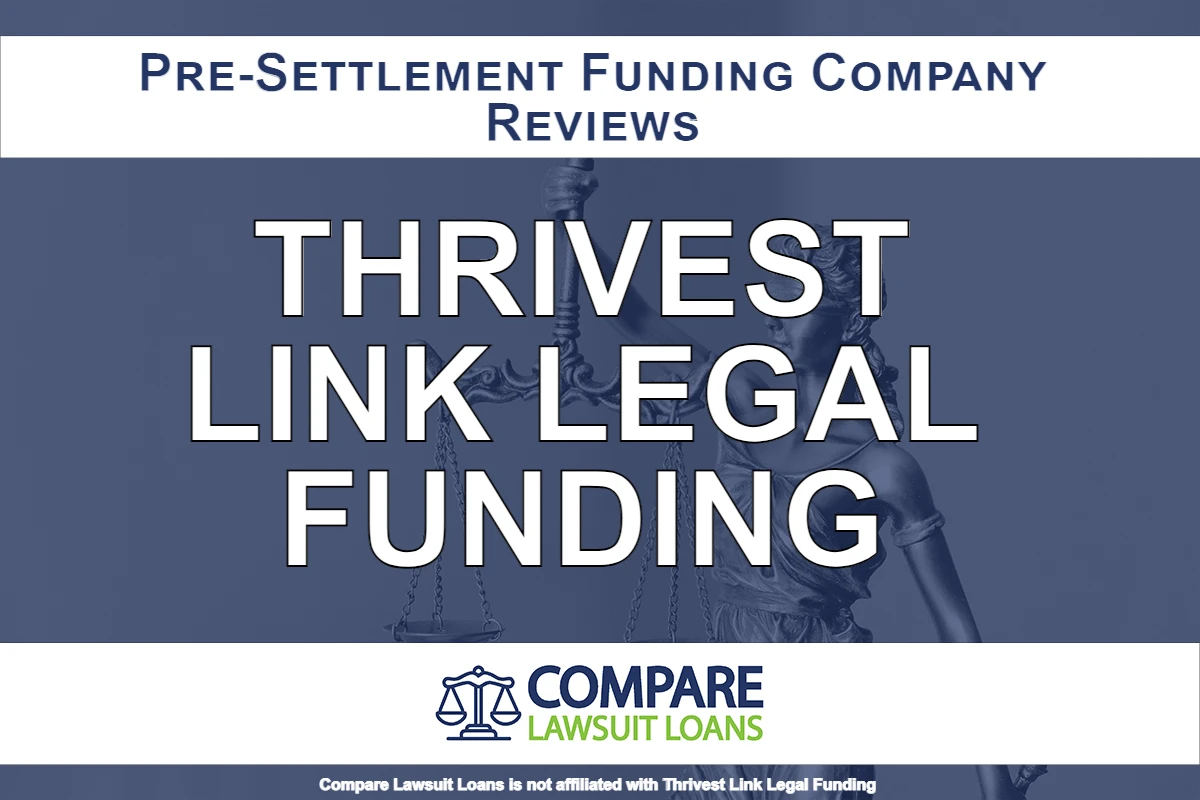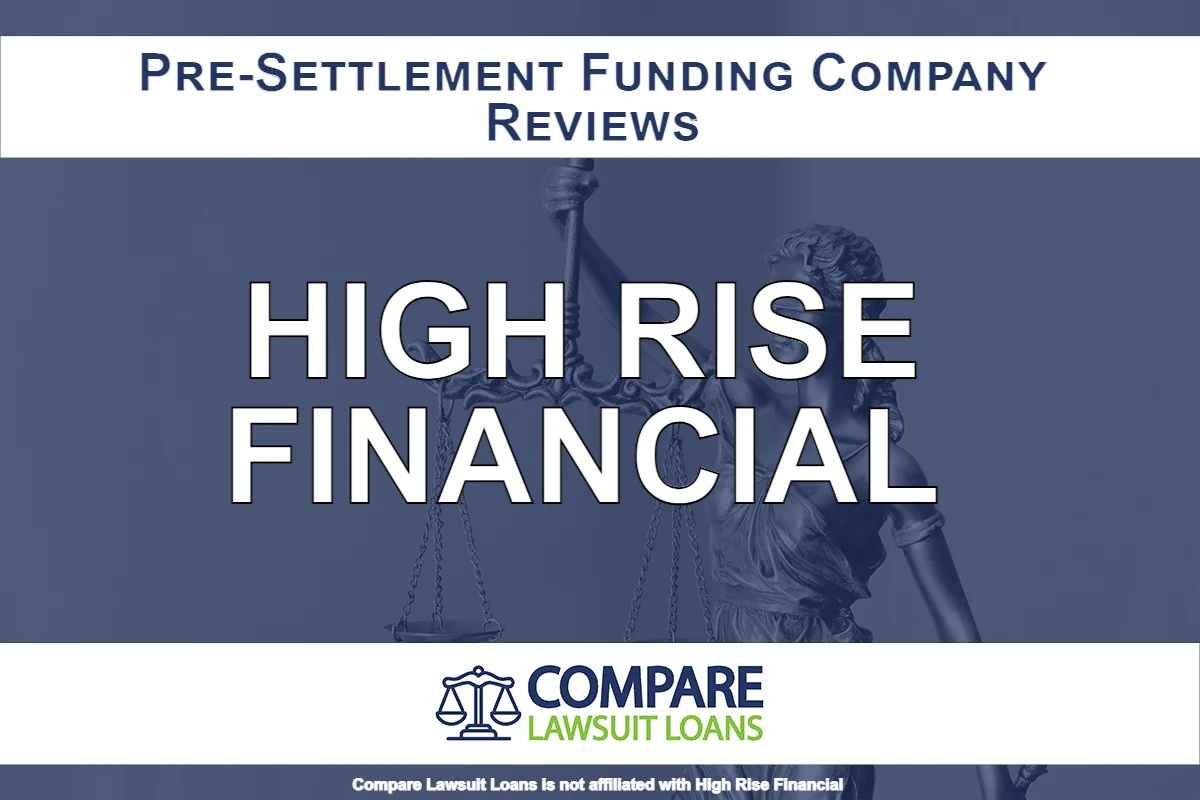Updated on 1/16/2025
This article helps plaintiffs and attorneys alike learn more about lawsuit loans and alternatives in Alaska. Below you will find the following information:
Lawsuit loan companies serving Alaska
Below you will find a list of companies that provide funding in Alaska. We highlight lawsuit loan companies we recommend, as well as local and regional funding companies where applicable.
Recommended lawsuit loan companies funding Alaska residents
We recommend the following companies for plaintiffs residing in Alaska.
Our pick for low rate lawsuit loans

USClaims offers some of the lowest, non-compounding rates in the industry. Many companies claim to offer “the lowest rates in the industry” – we recommend comparing them against an offer from USClaims to see for yourself.
Our pick for fast lawsuit settlement loans

Thrivest Link Legal Funding offers reasonable funding terms often with simple, non-compounding rates. Their expert underwriting allows them to fund larger sums than many of their competitors. They frequently approve claims for funding within 24 hours.
Highly rated on Google

High Rise Financial is a California-based lawsuit loan company. They have the most five-star reviews of any funding company in the industry. In addition to pre-settlement funding, High Rise provides medical care scheduling and financing services.
See our full list of recommended companies here.
Lawsuit funding laws, regulation, and relevant ethics opinions in Alaska
In Alaska, neither statutory law nor common law address lawsuit lending agreements directly. Champerty and maintenance are public policy doctrines in Alaska. These could be applied to litigation funding contracts in Alaska. Most funding companies provide loans to Alaska residents.
Can a lawyer lend money to a client in Alaska?
The Alaska Bar Association prohibits lawyers from guaranteeing loans to clients. Though typically referred to as a lawsuit loan, pre-settlement funding differs from traditional loans because repayment is contingent on the success of the case.
Source: Alaska Rules of Professional Conduct Rule 1.8(e)
Lawsuit loan alternatives in Alaska
Lawsuit loans are expensive. Plaintiffs in Alaska should exhaust all other options before seeking legal funding. Check out the local resources below for some ideas:
- Family Nutrition Programs – information on various programs including Women Infants and Children Program, Farmer’s Market Nutrition Program, SNAP-Ed, and Commodity Supplemental Food Program. Qualifications differ from program to program. Alaska residents may qualify for SNAP-Ed (formerly food stamps) if they have a total bank balance under $2,001 ($3,001 in certain circumstances).
- Rental Assistance Programs – help with rent for low-income Alaska residents. Families with earnings at or below 50 percent of regional average income may qualify for help with rent at their current residence. Public housing is available for families with earnings at or below 80% of regional average income.
Alaska Temporary Assistance Program (ATAP) – ATAP gives cash and work services to qualifying residents. Alaska residents with less than $2,000 in countable assets may qualify. - Alaska Heating Assistance Program (LIHEAP) – federally funded program that helps low-income Alaska residents with utility bills. To qualify, residents must meet income requirements that depend on household size. If you or a family member participates in other federally funded state benefit programs you might automatically qualify for LIHEAP.